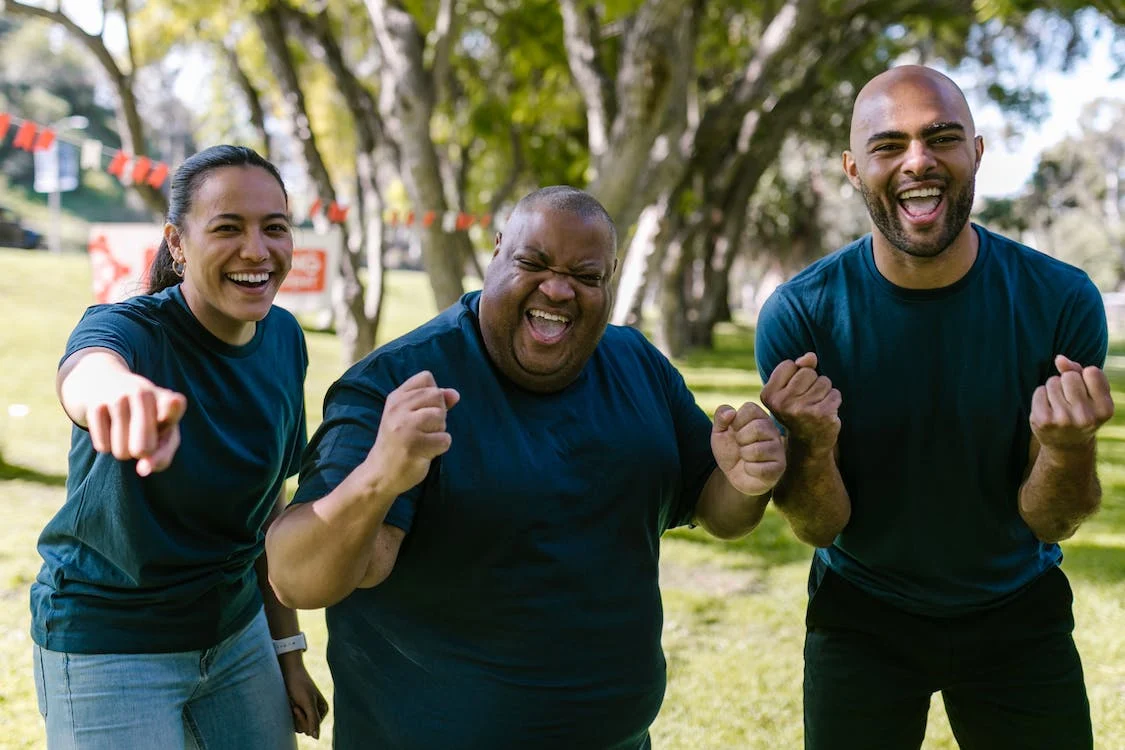- Strategize Together: Checking in has never been more important. Discuss what is working, what isn’t, and create solutions together. Have these discussions when calm and collected.
- Set Assumptions Aside: Nobody likes to feel judged. In challenging situations, ask your child open-ended questions that begin with “Why” and “How.” Be cautious not to dismiss their explanations but instead to clearly accept their perspectives. Ask them to imagine it from your perspective. This will stimulate the frontal lobe. Getting family members to see if they can put themselves in another family member’s shoes is a great mental activity and brain builder.
- We & Me Time: It’s not just when, but where. Have each family member designate a “safe space” to re-energize, a place where they feel most relaxed and are not interrupted or distracted.
- Create a Positive Vision: Is the glass half empty or half full? Come together as a family to talk about what you are looking forward to. How has this change led to something good in unexpected ways? What are some not-fun hurdles? Consider how you can help each other achieve new goals, keeping them simple and doable; success breeds success.




